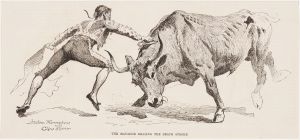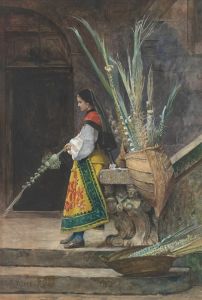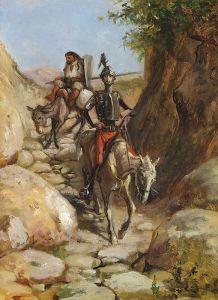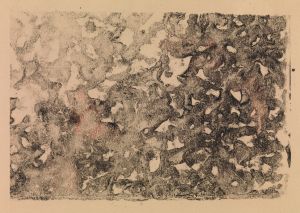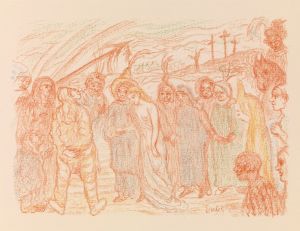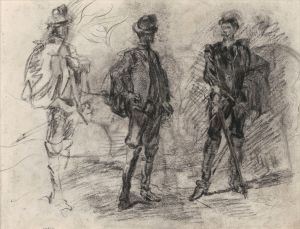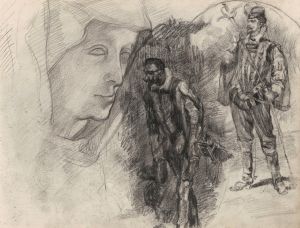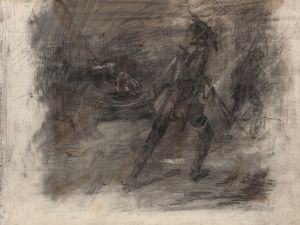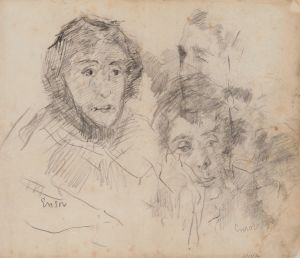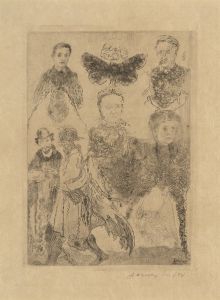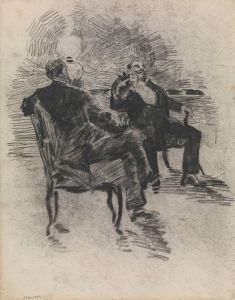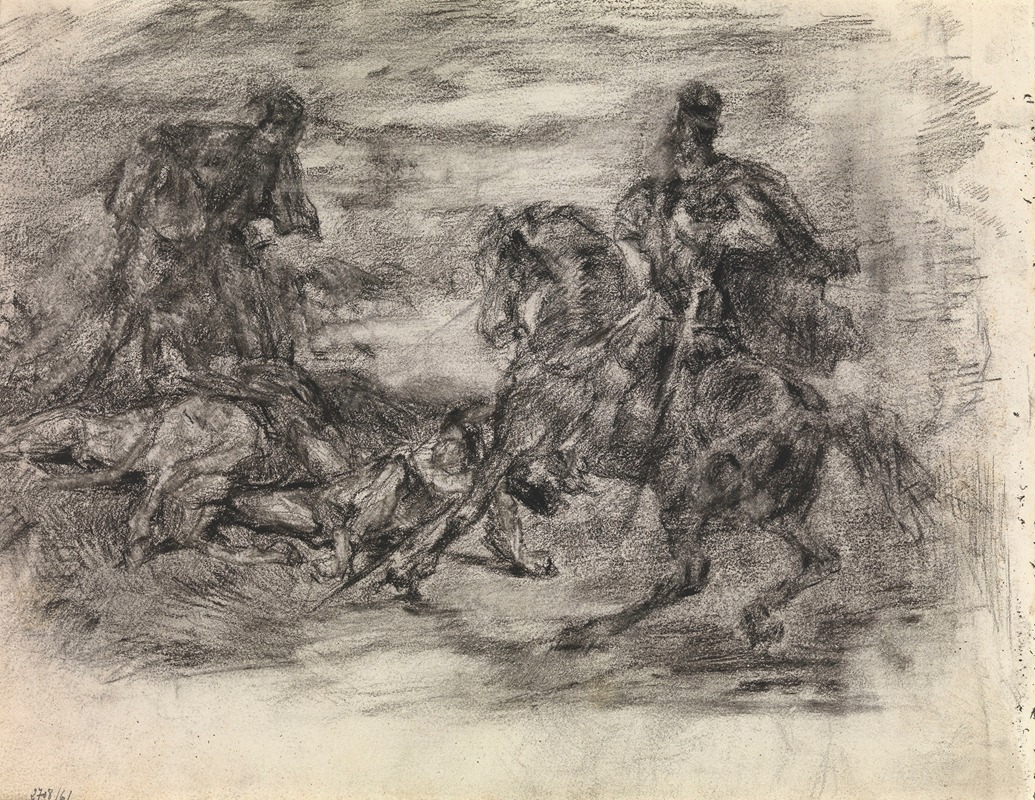
Don Quixote
A hand-painted replica of James Ensor’s masterpiece Don Quixote, meticulously crafted by professional artists to capture the true essence of the original. Each piece is created with museum-quality canvas and rare mineral pigments, carefully painted by experienced artists with delicate brushstrokes and rich, layered colors to perfectly recreate the texture of the original artwork. Unlike machine-printed reproductions, this hand-painted version brings the painting to life, infused with the artist’s emotions and skill in every stroke. Whether for personal collection or home decoration, it instantly elevates the artistic atmosphere of any space.
James Ensor, a prominent Belgian painter and printmaker, is known for his unique and often surreal style that combines elements of symbolism and expressionism. One of his notable works is "Don Quixote," a painting that reflects his fascination with the literary character created by Miguel de Cervantes. Ensor's interpretation of Don Quixote is a testament to his ability to blend reality with fantasy, a hallmark of his artistic approach.
James Ensor was born in 1860 in Ostend, Belgium, and spent most of his life in this coastal city. His upbringing in a family that ran a curiosity shop filled with exotic items and carnival masks had a profound influence on his artistic vision. Ensor's work often features grotesque figures, masks, and skeletons, which are used to explore themes of mortality, identity, and the absurdity of human existence.
The character of Don Quixote, the delusional knight-errant from Cervantes' novel, resonated with Ensor's artistic sensibilities. Don Quixote's adventures and his blurred perception of reality and fantasy provided fertile ground for Ensor's imagination. In Ensor's depiction, Don Quixote is often portrayed in a whimsical and exaggerated manner, emphasizing the character's eccentricity and the surreal nature of his quests.
Ensor's "Don Quixote" is characterized by its vibrant colors and dynamic composition. The painting captures the essence of the character's idealism and folly, presenting him in a dreamlike landscape that blurs the line between reality and imagination. Ensor's use of bold brushstrokes and vivid hues creates a sense of movement and energy, drawing the viewer into the fantastical world of Don Quixote.
Throughout his career, Ensor was associated with the avant-garde group Les XX, which included artists who were pushing the boundaries of traditional art forms. His work was often met with mixed reactions, as it challenged conventional aesthetics and explored unconventional themes. Despite this, Ensor's unique style and vision earned him recognition as a pioneering figure in modern art.
Ensor's fascination with Don Quixote can be seen as a reflection of his own artistic journey. Like the fictional knight, Ensor pursued his creative vision with unwavering determination, often in the face of criticism and misunderstanding. His portrayal of Don Quixote serves as both a tribute to Cervantes' enduring character and a self-reflective exploration of the artist's own struggles and triumphs.
In summary, James Ensor's "Don Quixote" is a vivid and imaginative interpretation of the iconic literary figure. Through his distinctive style, Ensor captures the essence of Don Quixote's character, blending reality with fantasy in a way that is both playful and profound. This work exemplifies Ensor's ability to transform familiar narratives into unique artistic expressions, solidifying his legacy as a master of modern art.





